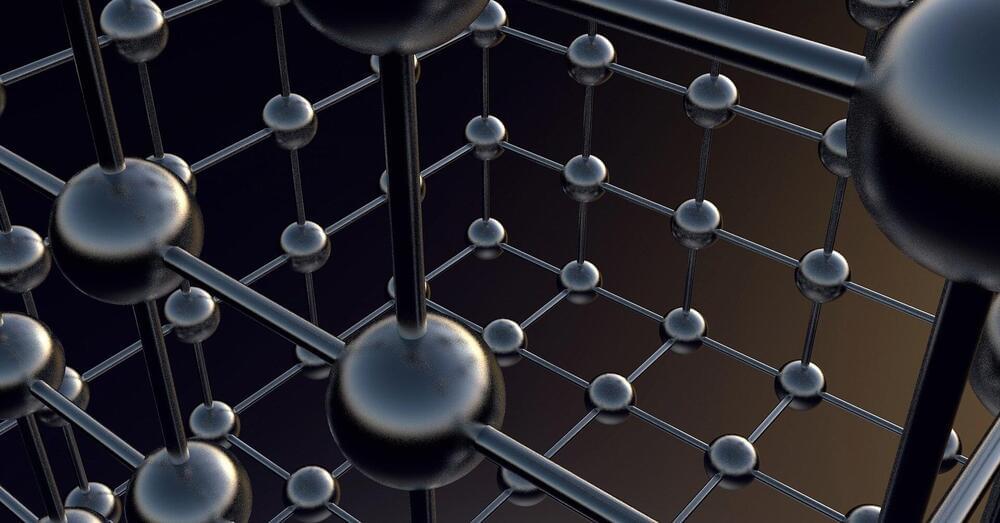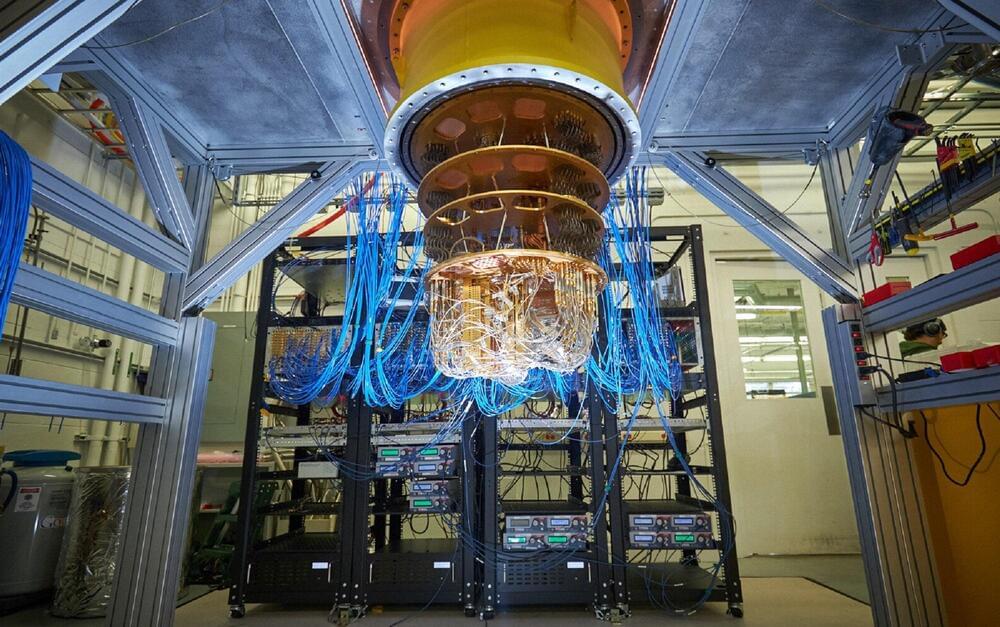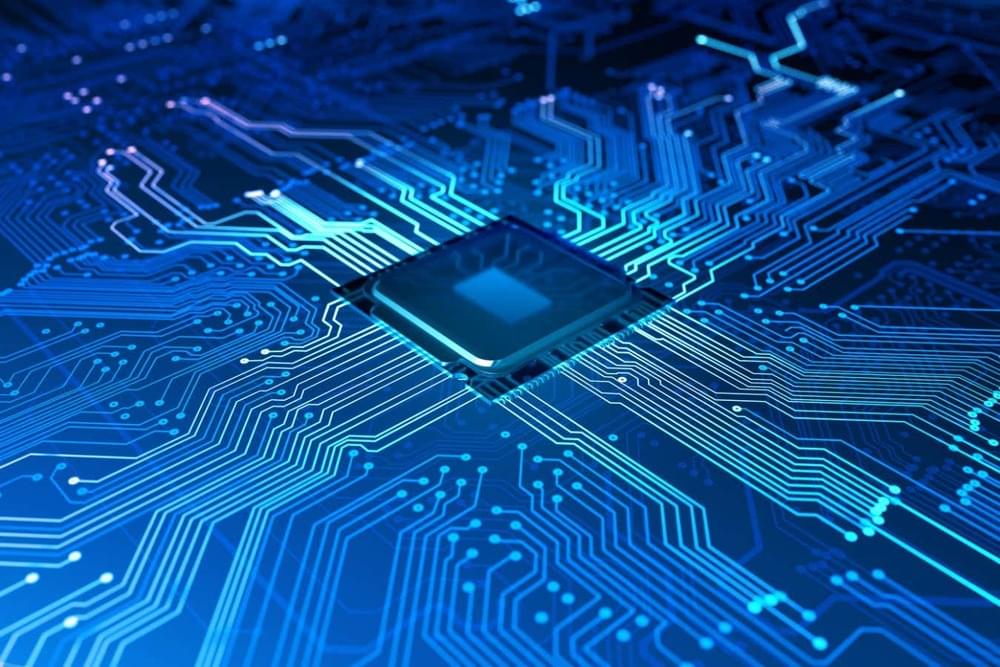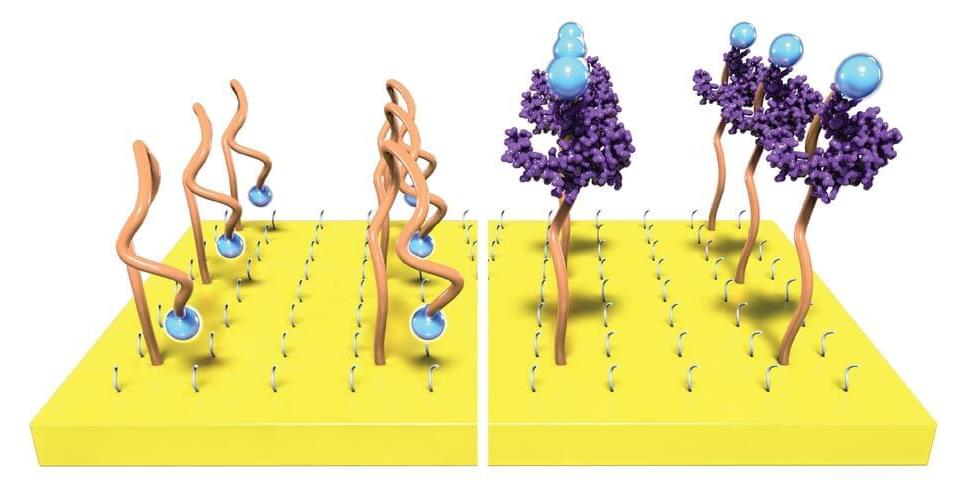Apr 9, 2023
Quantum Leap: Unlocking the Secrets of Complex Molecules With Hybrid Computing
Posted by Paul Battista in categories: computing, engineering, information science, quantum physics
A quantum computational solution for engineering materials. Researchers at Argonne explore the possibility of solving the electronic structures of complex molecules using a quantum computer. If you know the atoms that compose a particular molecule or solid material, the interactions between those atoms can be determined computationally, by solving quantum mechanical equations — at least, if the molecule is small and simple. However, solving these equations, critical for fields from materials engineering to drug design, requires a prohibitively long computational time for complex molecules and materials.
















